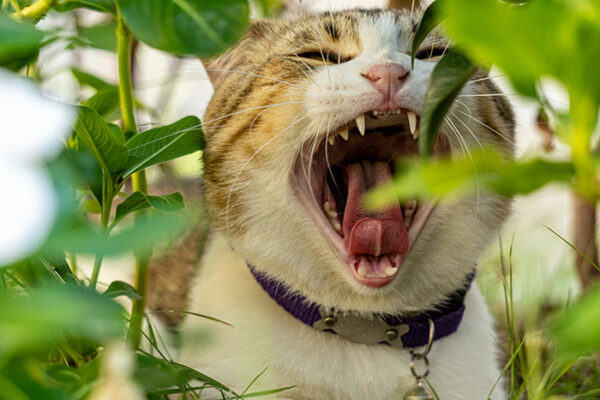Expressions. Idioms. Aphorisms. Whatever you call them, they add spice to any conversation. Tossing a few French idioms into your tête-à-tête adds that je ne sais quoi that makes learning a new language so much fun.
Use French expressions correctly and you build rapport with your French-speaking friends. You might even impress them with your audacity. Use an idiom incorrectly – which you inevitably will at some point – and you may just make new friends by sharing a laugh at your faux pas. Either way, speaking French becomes a very enjoyable as well as enriching experience.

French expressions are rich in meaning
As you might expect, many French idioms have to do with food. And, as in classic French cuisine, butter plays a starring role. Vouloir le beurre et l’argent du beurre, which translates as wanting the butter and the money for the butter, is equivalent to wanting your cake and eating it too. It may mean you’ll eventually have to mettre du beurre dans les épinards, or put butter in the spinach, to make ends meet – the lesson being that butter may be best used in moderation.
French idioms spice up the menu
Cooking is also a basis for many expressions, as in se faire rouler dans la farine, to be rolled in flour. This doesn’t mean you’re about to be deep-fried but that someone’s been pulling your leg. In that case, you can add your grain de sel, grain of salt or two cents worth. Or you might just mettre la main à la pâte, put your hand to the dough, meaning pitch in and play along with the joke. In any case, no need to say c’est la fin des haricots, it’s the end of the beans. It’s not the last straw, just good fun among friends.

French expressions are the cat’s miaou
Cats also figure prominently in French idioms but they don’t get much respect. For example, il n’y a pas de quoi fouetter un chat, literally, there’s nothing to whip a cat about, means it’s not worth worrying about. Avoir d’autres chats à fouetter, to have other cats to whip, is equivalent to having other fish to fry. The thought of whipping a cat, a distressing notion for animal lovers, might make you emotional enough to have un chat dans la gorge, a cat in your throat. In English, this would be a frog, a different spin but essentially the same effect.
French idioms cover you head to toe
Other French expressions refer to parts of the body, also a common theme in English. We all share certain aspects of being human and, in spite of language differences, we’re unis comme les doigts de la main, joined like the fingers of the hand, in some things. For example, everyone knows the experience of doing something bête comme tes pieds, as stupid as your feet, and it doesn’t really need a translation. Okay, so you goofed and took the wrong metro and got totally lost in a Paris arrondissement off the beaten path, but you survived, and now you have a great story to tell when to get together with friends at the bistro.

French expressions paint pictures with words
There are some French idioms that have no direct equivalent in English but deliver a poetic image we can all relate to. Avoir le cafard, to have the cockroach, associates your mood with carrying around a large cockroach, much more expressive than just saying you’re feeling blue. Avoir un coeur d’artichaut, to have a heart like an artichoke, beautifully describes someone who falls in love with everyone he meets, doling out his heart like the many leaves of that vegetable. Dipped in melted butter, of course.



